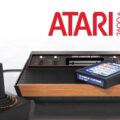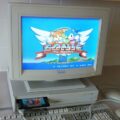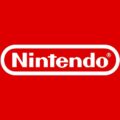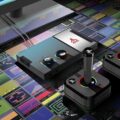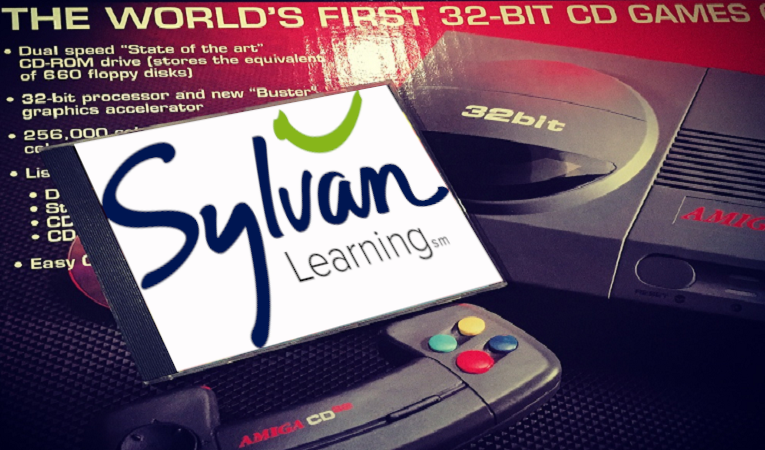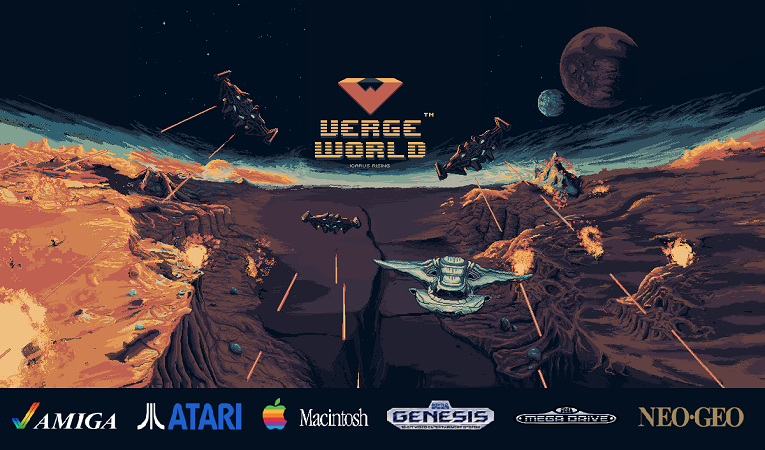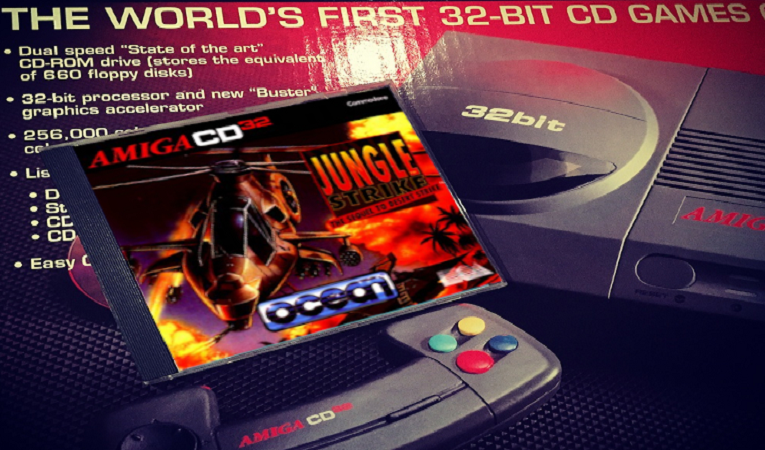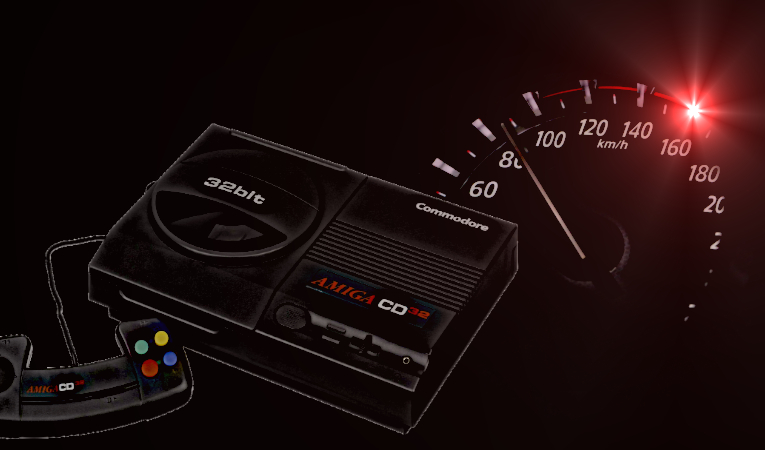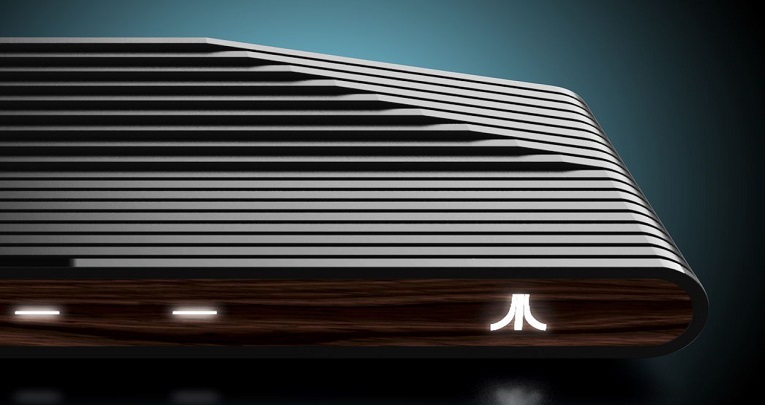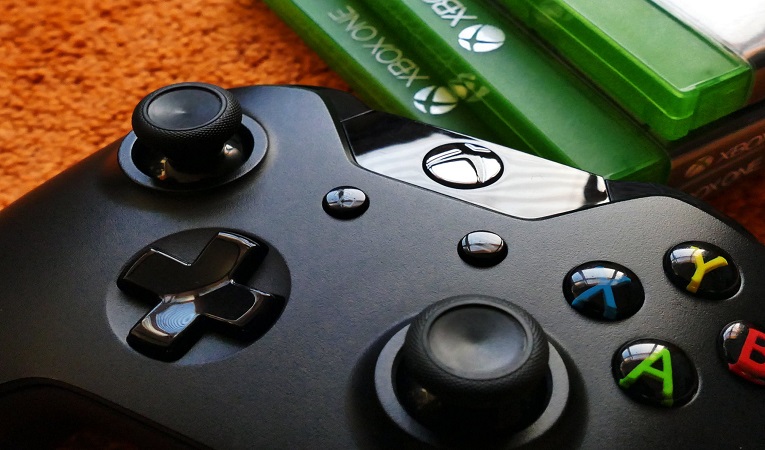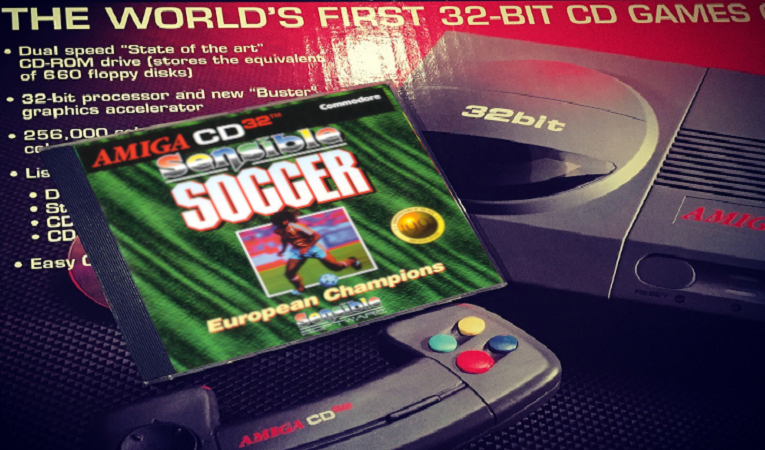
In September 1993, the Amiga CD32 made its debut in the European market, marking a significant step in the realm of video game consoles. With anticipation running high, gaming critics and enthusiasts were abuzz with excitement, placing lofty expectations on the Amiga CD32 due to its novel features and capabilities. The launch was very successful and by Christmas 1993, Commodore dominated the CD-ROM game market share in the United Kingdom. The Amiga CD32 utilized a Motorola 68020 processor running at 14.3 MHz and came with 2 MB of RAM. In the end, the CD32 was nothing more or less then an A1200 in a games console case. However, the CD32 was powered by the Akiko chip and this unique chip not only managed the CD-ROM but also extended the capabilities of the graphics subsystem (responsible for performing the chunky to planar routines). In hardware terms the Amiga CD32 did well, but upon its launch, the system debuted with only 18 game titles and most of these games were swift ports from Amiga computer games. Altough the CD32 was capable of playing CDTV games (49 released), exclusive games are often a driving force behind a console’s success. The CD32 struggled to secure a strong lineup of exclusive titles that could excite gamers to choose the console over its competitors. This lack of compelling exclusives diminished its appeal to potential buyers.
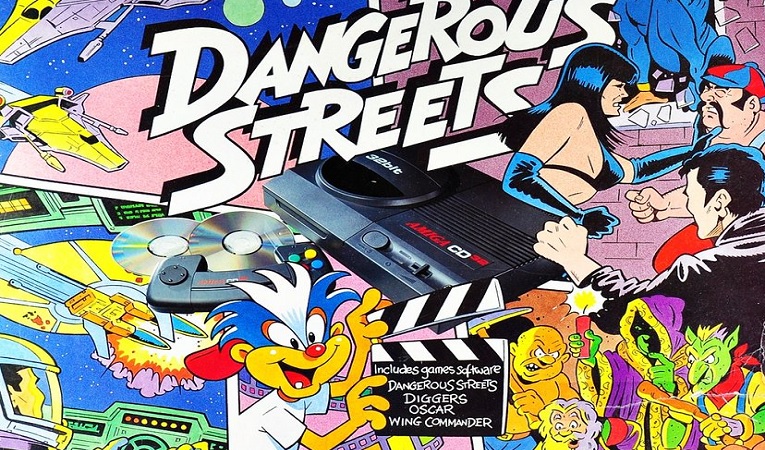
But securing exclusive games is also very costly and Commodore was facing significant challenges when they introduced the Amiga CD32. Due to a substantial loss amounting to $356 million during fiscal year 1993, the company found itself in a challenging position. This led to a deficit in equity, with figures indicating a deficit of $53 million, and a deficit in working capital amounting to $107 million as of June 30, 1993. Given these financial circumstances and the company’s operating results, significant uncertainties arose about its capacity to sustain itself as a viable ongoing entity. Adding to the complexities, by June 30, 1993, the company was also in violation of multiple credit agreements. Commodore already had the reputation of being the sick man of the computer industry and many game developers and software publishers knew. The company had hoped that their adventure into the home console arena could potentially reverse their fortunes. None the less, following a reasonably successful launch in Europe, where it even managed to outsell the Sega CD during its initial holiday season, Commodore had intentions to launch the CD32 in the U.S. However, an unexpected catastrophe unfolded.Commodore found themselves entangled in a legal dispute, resulting in a staggering $10 million patent infringement settlement. This legal injunction effectively barred them from conducting any sales activities in the U.S. until the hefty sum was paid. Unfortunately, the company was financially incapable of meeting this demand, despite having already manufactured a substantial stock of CD32 units for the American market. However, the patent excuse for the Amiga CD32’s failure is a limited explanation for what went wrong. Common sense dictates that when a company is on the edge of bankruptcy, should not introduce a brand-new game console and starts competing with businesses like SEGA and Nintendo. In the end, the CD32 advanced features would soon be very limited compared to other upcoming consoles of its time, such as the Sony PlayStation and SEGA Saturn. The CD32 would have lacked the processing power and graphical capabilities needed to compete effectively in the rapidly evolving gaming landscape anyway. In the end, Commodore should have spend all that money on improving the A1200 and A4000 line of computers, instead of wasting it all on some utopian vison of beating SEGA and Nintendo, two companies with decades of experience in the gaming industry.
